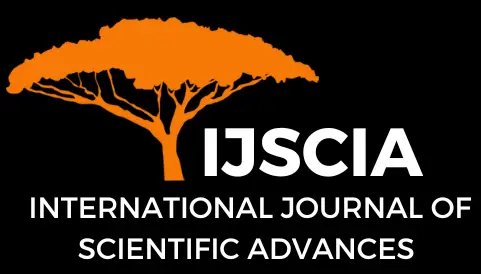Juveniles Justice
Phillip D. Clingan
Abstract
The research paper addresses the problem of mastering the literature to analyze theories, interventions, strategies, and treatment programs for juvenile delinquency. The solution to this problem will help juveniles, families, and the community works together to prevent juvenile offending and make amends to the community and victims. This researcher identifies evidence-based intervention programs, theoretical causes, and multisystem therapies through secondary resources to solve this problem. These resources examine the use of evidence-based intervention and early education programs to reduce the risk of juvenile delinquency. Combined, the resources determine that an evidence-based intervention is designed specifically for juvenile offenders. The juveniles range from committing part-one index crimes to falling in and out of home services. The writing assignment describes and justifies the research problem. The literature approach compares and summarizes sources used to address theories that explain the causes of delinquency and intervention designed to stop misconduct. The research paper identifies the relationship between age and crime theory, non-parent-child attachment, and objects that lead to juvenile delinquency. The research findings illustrate how this researcher presented criminology literature to support the research problem.
Keywords
juvenile delinquency; juvenile justice; juvenile decisions; juvenile actions; index crime
Cite This Article
Clingan, P. D. (2021). Juveniles Justice. International Journal of Scientific Advances (IJSCIA), Volume 2| Issue 6: Nov-Dec 2021, Pages 1024-1029 , URL: https://www.ijscia.com/wp-content/uploads/2021/12/Volume2-Issue6-Nov-Dec-No.207-1024-1029.pdf
Volume 2 | Issue 6: Nov-Dec 2021



